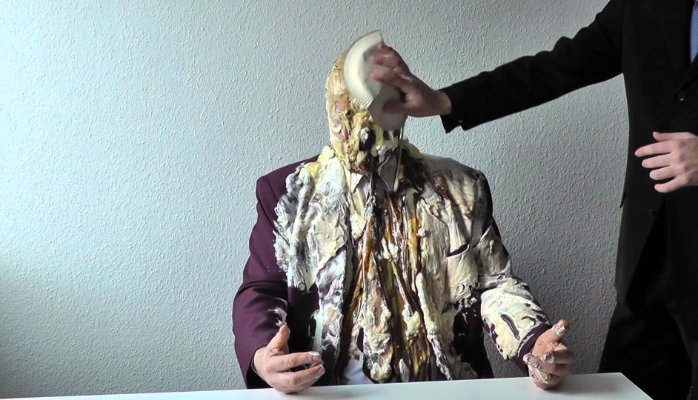
Just a few days back, Rina from HR of my company came to me and said “Vinit, can we put you into the group of Torchbearer Interviewers”. I have been in interviewers’ shoes several times by now. I knew how to interview a candidate. Hence, I proudly replied “Why not, Rina. It would be my pleasure”. “Awesome, Torchbearers interviewers like you would be first the few to undergo interviewing skill training”. “What, how can you ask a senior guy who has interviewed hundreds of candidates by now to undergo the training on how to take the interviews?” In other words, you want to interview the great interviewer itself.
My dear friends,
We get frustrated with HR so many times but are helpless to go against them most of the time. Hence, I started undergoing the training skeptically. But to my surprise, the training turned out to be a revelation for me. It shattered many of my long-standing years of misconceptions about interviewing.
For me, the objective of the interview was to hire a candidate who is the most knowledgeable person in the technology that we are looking to hire. But after training, it turned out that “interviewing is about two things – finding the ‘right’ person for the ‘right’ job and creating positive impressions. Immediately I was able to relate it to a funny incident. A Senior Manager named George was hired in one of my previous companies, only based on his skills of calmness and overlooking even the burning issues with no action. I was sure he was a bad hire, in any case. In India, most of the software projects get into burning phase at one or other stage, and the customer gets on the verge of mauling the lethargic management team. In one of such projects, George was deployed as Client Partner onsite to face that heat. He kept on facing customer’s frustrations very calmly and kept giving them grand ignorance. Obviously, the company lost the project, but ironically George won accolades for his patience and perseverance. And now he has become a celebrated fire-facer (not fire-fighter) of the company. Thus, George’s interviewer met the first objective of finding the right person for the right job.
The second objective of an interviewer is to create a positive impression on the candidate since the interviewer is representing the company. And there are ridiculously trivial things to take care of to create positive impressions. For instance, I always thought that it’s fine to sit facing towards the candidate and on a bigger chair. However, during training, it was revealed how wrong I was. There are many surveys which say that you create a comfortable and positive impression as an interviewer if you sit adjacent and as near as possible to the candidate. One of the senior managers asked the trainer “But with this sitting arrangement I won’t feel I am an interviewer”. The trainer’s reply was mind blowing – “In that case Sir, you should ask HR folks to have you sit in one corner of the big conference table and the candidate on the other side, it will give you king type superiority feeling”. Lesson learnt.
In India, personal biases bring mayhem everywhere, same is with interviewers. Biases like language, region, gender etc. are common among interviewers. What is the point of asking the question “Are you married”? I even heard people not stopping at that. Particularly, if the candidate is a woman, the interviewer may even ask, “do you have kids” or worse “when are you planning for kids”. My God, are you going to baby-sit for her, or planning to marry her? Can there be a worse negative impression than this?
If an interviewer focuses on only two things, finding the right person for the right job and creating a positive impression, interviews can be a productive and learning experience. I believe that the time has come when more than the candidate, the interviewer needs to be interviewed to check if they are fit to take interviews.
Thank you! 🙂
My article on LinkedIn on same – https://www.linkedin.com/pulse/interviewing-interviewers-vinit-kumar-singh?trk=prof-post
P.S. – Delivered this speech as my ACB (Advance Communicator Bronze) project at Toastmasters. This is project two from the “Speaking to Inform” Manual.